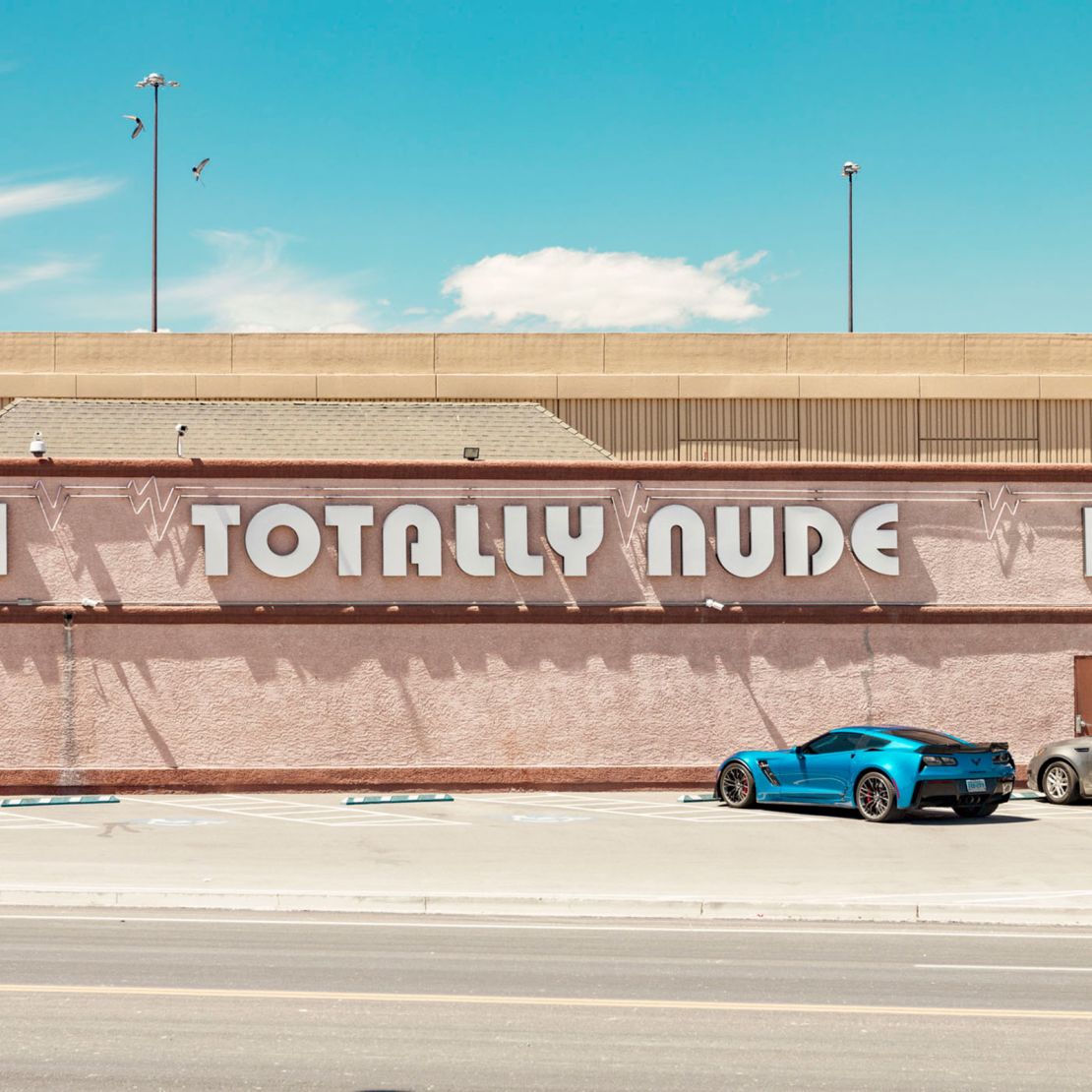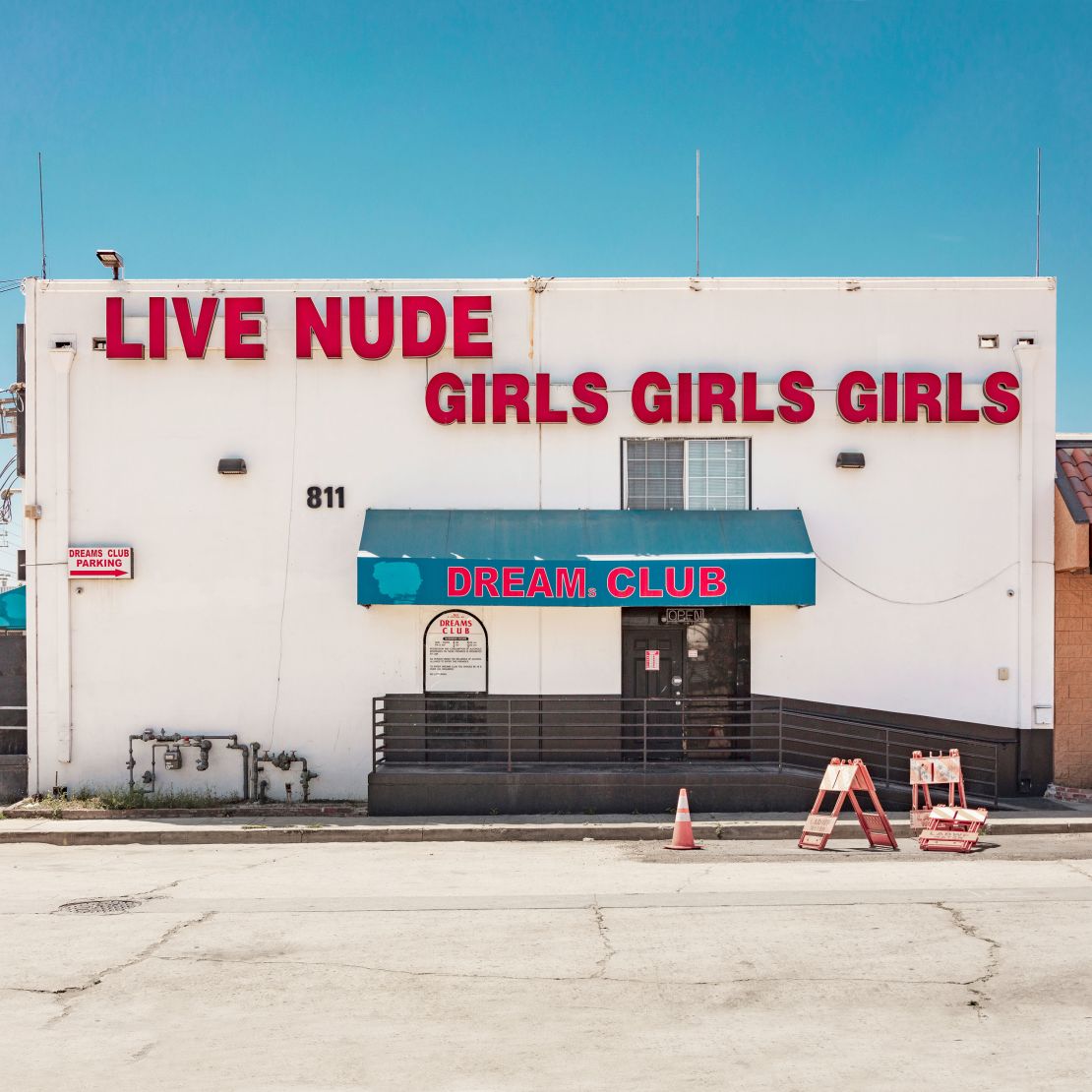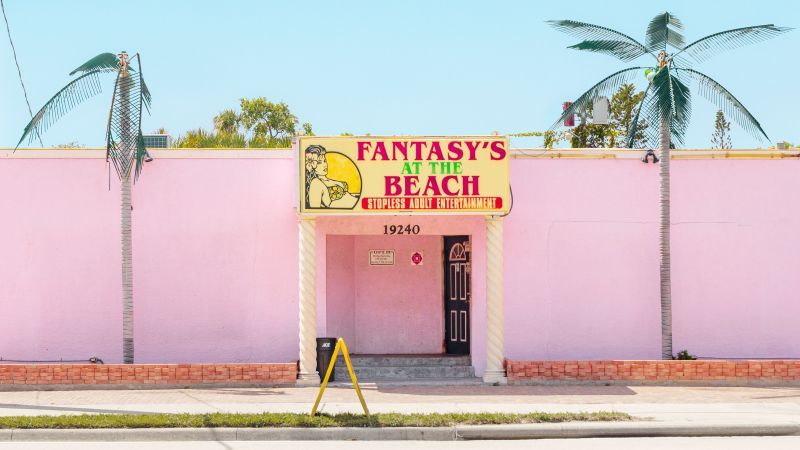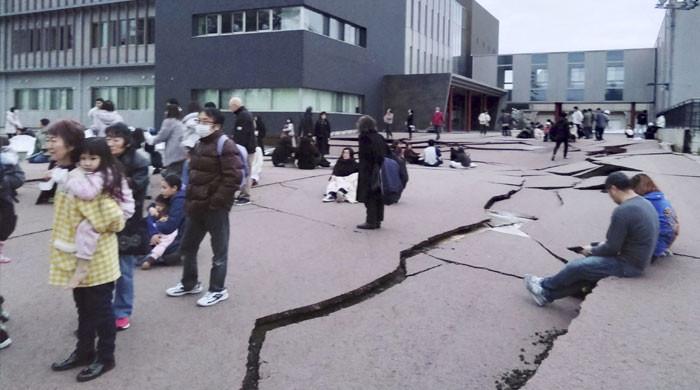cnn
—
Some people travel the world in search of adventure, while others seek natural wonders, cultural monuments or culinary experiences. But French photographer François Prost was looking for something completely different during his recent road trip across the United States: strip clubs.
From Miami to Los Angeles, Prost's latest book, “Gentlemen's Club,” traces his route across the United States through nearly 150 strip clubs with names like Pleasures, Temptations and Cookies N' Cream. However, not a single naked woman is seen, as Prost's camera was focused exclusively on the buildings themselves, and specifically their often colorful facades.
Over the course of five weeks in 2019, he covered more than 6,000 miles, and the resulting photographs captured everything from the pastel hues of Florida's Pink Pussycat Club to places hidden in plain sight in the country's most religious states.
“I would divide these places into two types: one is very integrated into the public landscape and the other is a little more hidden and unreliable,” Prost said, speaking to CNN via video call and email.
The first type, he added, can be found in “very American” environments, such as “around amusement parks, fast food and shopping malls.” These latter places, however, sometimes seem indistinguishable from any store in a shopping center. Prost said he found many such establishments along the Bible Belt, a socially conservative region in the south of the country. He was especially interested in exploring the area because of the apparent contrast between the prevalence of strip clubs and what he describes in his book as “extreme conservatism and puritanism.”
Prost insisted that he had little interest in the interiors or services of the strip clubs, which he always visited during the day. Instead, he hoped to learn more about American culture by creating objective, documentary-style photographs of establishments located at the intersection of sex, gender, and commerce. Documenting changing attitudes towards sex through the lens of architecture, she added that the series was primarily a landscape photography project.
“The prism of this theme of strip club facades became a way of studying and trying to understand the country,” he wrote in “Gentlemen's Club,” photographs of which will appear in an exhibition in Tokyo in March.
“('Gentlemen's Club' is) an objective overview of dominant opinions and gender and the sexualization of the female image.”
The genesis of Prost's project dates back to his 2018 series, “After Party,” which focused on the extravagant facades of French nightclubs. He said people frequently commented that the exterior of the buildings looked as if they had been ripped directly from American cities, sparking the idea that he should visit the United States and expand the project.
As he meticulously planned his trip, he was struck not only by the sheer number of strip clubs in the United States, but also by the fact that, unlike in Europe, they often demanded to be seen. The hot pink walls, gigantic nude silhouettes, and even candy cane-striped storefronts didn't hide the type of entertainment on offer inside.
“A good example would be Las Vegas, where strip clubs are everywhere and their signs flash as much as those of a fast food restaurant or a casino,” Prost said.
Miami clubs were often painted in bright hues, in the style of Wes Anderson. Other photographs show places covered in bright colors that contrast with their sparse desert environment.

If the establishments were open during the day, Prost would come in and ask permission to take photographs so “not to look suspicious…and explain what my intentions were,” he said. The interiors rarely lived up to the tantalizing promises plastered on the outside signs, but the photographer met a host of characters during his five-week trip, from indifferent doormen to managers who were enthusiastic about the project.
“Most of the time, people were fine: 99% of them would say yes to a photo of the facade,” he said, adding that they normally wouldn't mind his presence, as long as he didn't take photos of customers or dancers. .
“Some would think it was a little strange, others would get very excited and give me their business card to send me the photo when it was finished,” he said.
Prost said his biggest surprise, however, was how “normalized” strip clubs seemed to be in everyday life. As he reflects in his book, “The relationship that Americans seem to have with strip clubs is quite different from that seen in Europe. Going to a strip club seems to be much more normalized… You go as a couple, or among friends at night to have fun.”
He was surprised, for example, by the fact that so many Las Vegas strip clubs doubled as restaurants, and many of them offered happy hour deals, buffets and special discounts for truckers or construction workers.
“I noticed some strip clubs that advertised themselves as a strip club and a steakhouse, so you could eat a big piece of meat (while) watching strippers. That’s also something that seems very American to me,” she said, adding, “I heard from some people I met in Portland that there are even strip clubs (that offer) vegan food.”
The facades are filled with jokes like “My sex life is like the Sahara, two palm trees, no dates” and names based on puns like Booby Trap and Bottoms Up. Prost's documentary approach enhances the surreal comedy of the signs. . But it also functions as a neutral lens through which viewers can make their own decisions about the objectification of women.

Focusing on the faceless dancing bodies of female silhouettes and the quintessential “girls, girls, girls” signs, “Gentleman's Club” explores the commodification of women who, in reality, are completely absent in Prost's works (a observation reflected in the title of the book, (a phrase that appears numerous times on the posters of her photographs.) The strip clubs she visited market women as things to consume, from the numerous names related to the food to an advertisement that says : “Thousands of beautiful girls and three ugly ones.”
For his next project, Prost plans to visit Japan to document the country's love hotels, which play a similar role to strip clubs in some parts of the United States — open secrets in a conservative society. But the photographer believes that the American establishments he visited say something unique about the country, something that has less to do with sexuality and more to do with the American dream.
What his project has shown him is, he said, this: “As long as you are successful in terms of business, (it doesn't matter) if your activity has to do with sex.”
“Gentlemen's Club” will be shown at Agnes b. Galerie Boutique in Tokyo, Japan, between March 17 and April 15, 2023. The bookpublished by Fisheye Editions, is available now.












